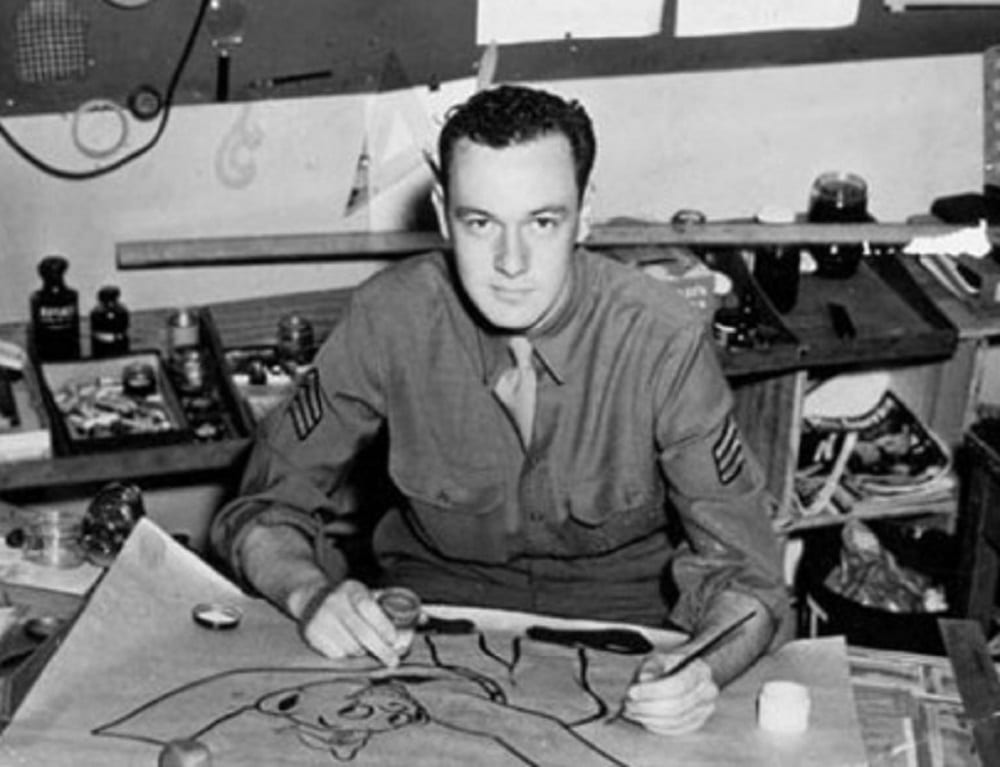December 28 marks what would have been the late Stan Lee’s 96th birthday, the first one he ever missed.
In November, the passing of Stan Lee shocked not just the world of comic-book fans but the entire entertainment industry. For many people under the age of 20, Stan Lee was just that quirky old fellow who popped up in Marvel movies. For people around the age of 40, Stan Lee was the voice of the Marvel heroes’ Saturday morning cartoon shows. For fans of comic books and pop culture, Stan Lee was the man who kickstarted the whole modern era of superheroes. Originally ashamed of his work as a comic book writer, Stan Lee reinvigorated the genre showing that by combing morality tales with flawed heroes, every kid or grown-up could see themselves in any given hero.
Early on his career, Stan Lee realized that with his comic books he had an incredible platform to shape young minds. He wrote his monthly column in the comics, Stan’s Soapbox, and often promoted other Marvel projects. Yet some he dedicated to the issues of the day, such as his column excoriating racism and prejudice, written at the height of the civil rights movement. Through characters with crazy costumes and goofy powers, he helped shape generations of people’s values on what being a “good person” meant. At the time of his passing, his career of writing funny books for children helped him amass a $50 million fortune. Yet the real value of his work has nothing to do with money. No, it’s his stories and charisma that made Stan ‘the Man’ Lee immortal.
Stanley Lieber Becomes Stan Lee
In 1939, a 17-year-old named Stanley Lieber found himself a job as an office assistant at Timely Comics. Over the next few years, they would skyrocket to success with their characters the Human Torch, Namor the Sub-Mariner, and, most notably, Captain America. After some time, the overworked comics staff would outsource script editing and eventually writing duties to the young man who used the pen name Stan Lee. He wanted to protect his “real” name, because he knew he’d move past this “kids’ stuff” one day and write the great American novel. Eventually, Lieber was named editor-in-chief and publisher of the newly renamed Marvel Comics. Yet, they were struggling to pay their bills. Out of desperation, the owners of the business agreed to let Lee and his artists, Jack Kirby, Steve Ditko, and others, to create their own heroes.
Even though he was already well into his 40s, Stan Lee knew what he needed to do. DC Comics heroes like Batman and Superman were square-jawed brawlers. They had colorful costumes and cool powers, so Lee needed a new angle. That’s when he turned to the characters underneath the tights. Unlike DC Comics, Marvel heroes were relatable and flawed. The Fantastic Four were superheroes who fought like everyone’s families. Spider-Man was a hero, but also struggled to make spending money and get good grades. In making his heroes relatable and shaping the stories as allegories to modern-day struggles, such as bigotry, Stan Lee found an audience who refused to ever let go of him.
Make Mine Marvel!
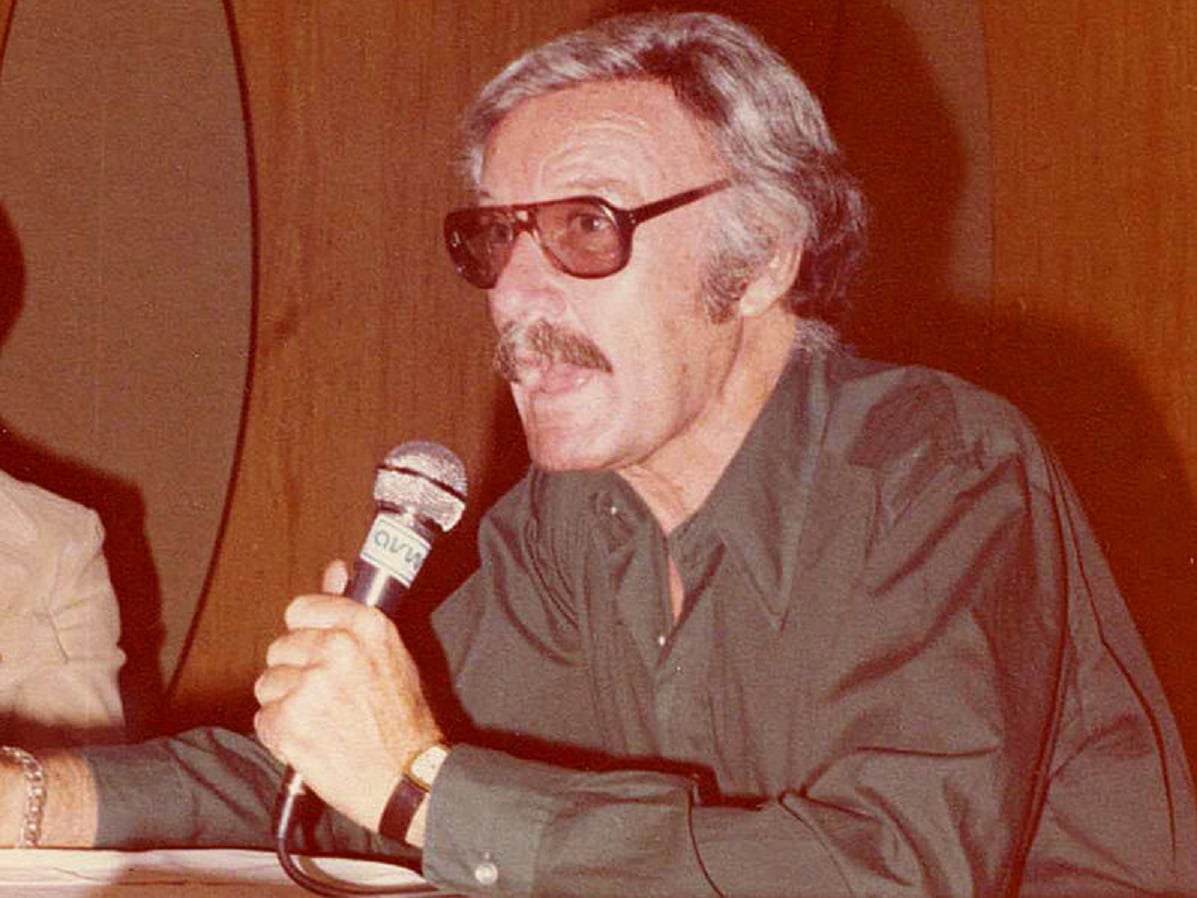
Credit: Larry D. Moore, Wikimedia Commons
By the early 1980s, Stan Lee was never going to get away to write that novel if the fans had anything to say about it. Along with the ever-expanding roster of Marvel heroes, Stan Lee realized that the future of these characters was on-screen. It all began with Bill Bixby and Lou Ferigno’s turns as Bruce Banner and the Hulk, respectively. The show was a hit, but special effects limitations meant that other live-action attempts at Spider-Man and Captain America failed, hard. Lee knew both that movies and television were the future of the business, and he trusted that technology would, eventually, catch up to their imagination. Still, where live-action failed, animation succeeded better than anyone hoped.
After the cartoons of the 1980s were finished, Marvel again turned to animation to bring their characters to life. Both the X-Men and Spider-Man had acclaimed series that also introduced dozens of other Marvel characters. Fans were psyched to see Iron Man or Captain American teaming up with the titular heroes of the respective shows. In fact, the success of the animation endeavor, ultimately led to 20th Century Fox and Sony being willing to try once again to adapt the characters for live-action. This coincided with the zenith of comic book popularity in the mid- to late-1990s. Sometimes, when you are at the top of your game, the only direction you can go in is down.
The Lean Years
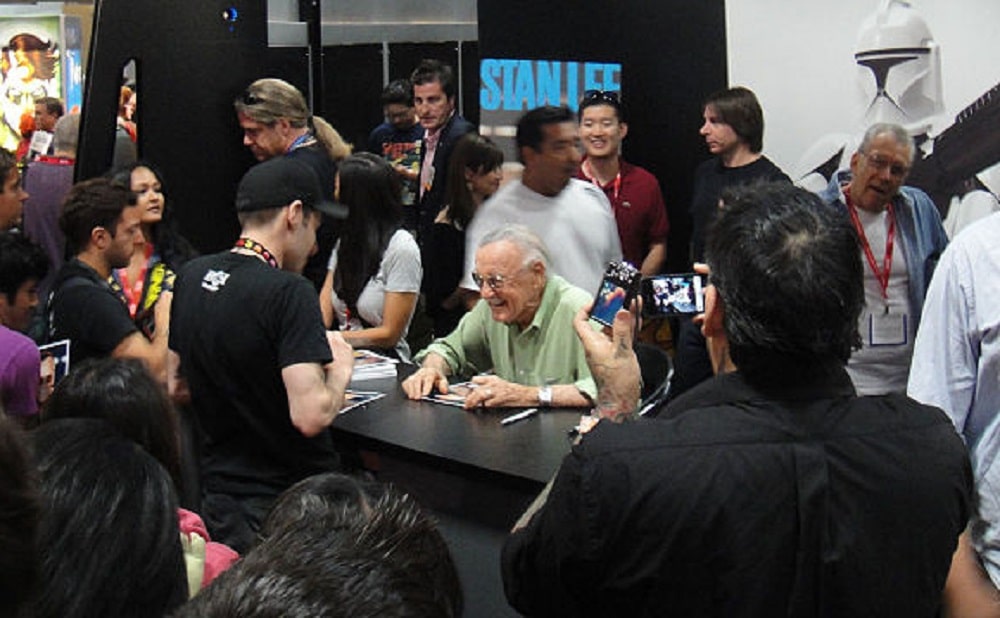
Credit: Pop Culture Geek, Wikimedia Commons
The problems began when a number of comics creators, including rock stars at Marvel Todd MacFarlane, Jim Lee, and Rob Liefield, left the company to form their own imprint. By the end of the 1990s, things looked grim. Stan Lee, who’d moved to the West Coast to focus on the television and film options for the company was let go. Marvel declared bankruptcy, eventually rescued by Toy Biz. While it wasn’t true, the perception was that Marvel Comics was no longer a place for relatable stories. Instead, they worried that these books would just become long-form print ads for various Toy Biz action figures.
In order to stay afloat, Marvel sold off the rights to its most popular characters such as Spider-Man, the X-Men, Fantastic Four, Daredevil, and the Punisher. They also sold little known properties like their Men In Black franchise and Blade the Vampire Hunter to studios who made hit movies with them. Avi Arad, a partner at Toy Biz, oversaw these early efforts and landed himself a job at Sony studios. Yet, the man behind it all, Stan Lee was still on the outs. He and Marvel were embroiled in a lawsuit. Because of this bad blood, the directors of the new X-Men movie slated for release in 2000 worried that Stan Lee wouldn’t do a cameo in the movie. They wanted to honor him, but eventually it came together. The film was a hit, and the Spider-Man movie that followed became the biggest box office success to date. Everything was about to change.
Box-Office Gold
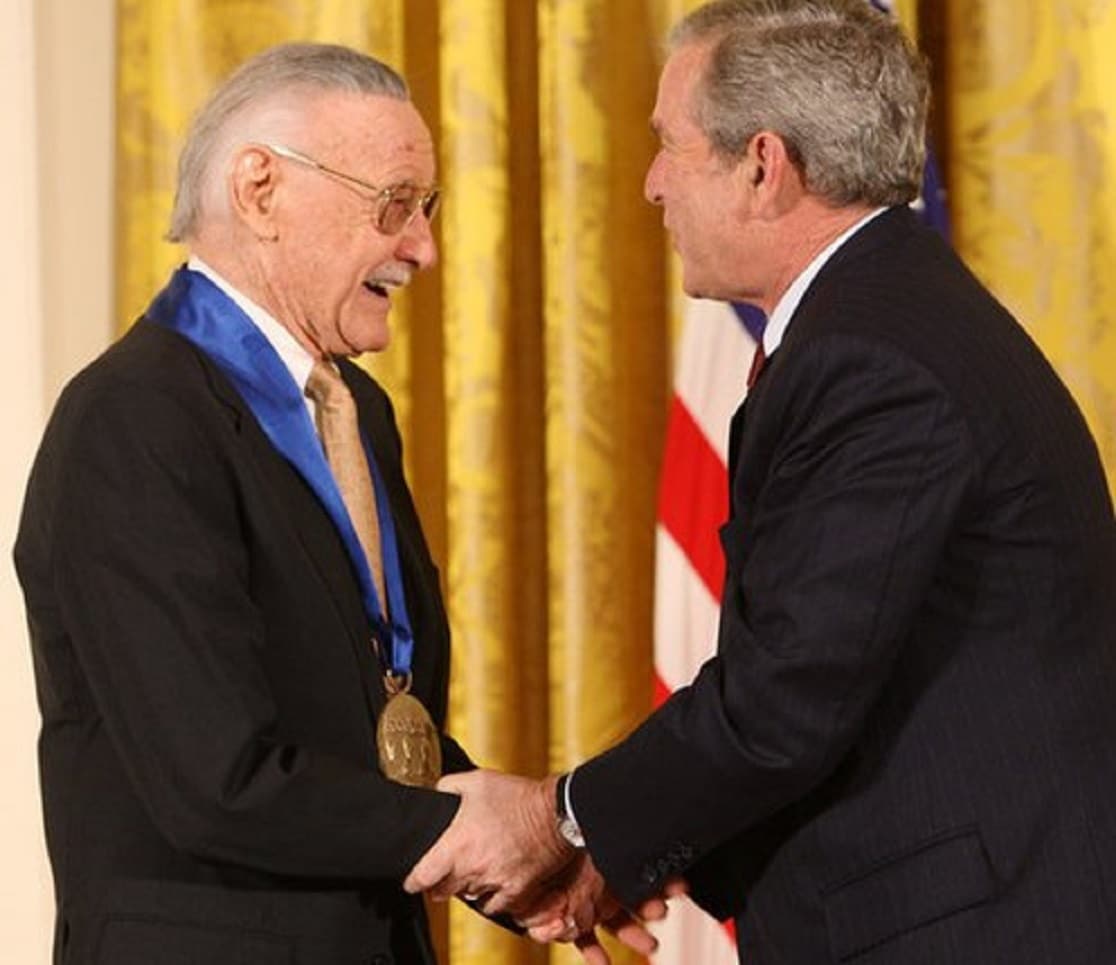
Credit: The White House, Wikimedia Commons
When the first X-Men film was released, comic book properties were not the sure-fire hits they are today. In fact, most people expected the film to flop. Instead, it was a huge success. When Spider-Man followed with an even bigger score, Hollywood realized the world was ready for superheroes. What was also interesting was both of those films featured cameos from none other than Stan the Man Lee. He cameoed in the sequels and appeared in other Marvel movies based on characters like the Fantastic Four and Daredevil. Just like in the early halcyon days of Marvel, Stan Lee was their good luck charm. All lawsuits were settled, and Lee was named “Chairman Emeritus” of Marvel Comics. A title he’d hold for the rest of his long, prolific life. Perhaps this is why they gave him a cameo in their next big endeavor: Marvel-produced films.
With Spider-Man and the X-Men at other studios, the idea of an inter-connected cinematic universe of the remaining Marvel characters seemed like a bad idea. When it was revealed that their first film would focus on Iron Man, the entertainment world shrugged in indifference. Yet, this film was actually good. The effects looked great, the story had heart, and Robert Downey, Jr. embodied Tony Stark. Of course, a cameo by “Hef” (Stan Lee in the silk robe and pajamas worn by the late founder of Playboy Magazine) didn’t hurt.
A Beloved Icon, Immortalized by His Characters and Cameos
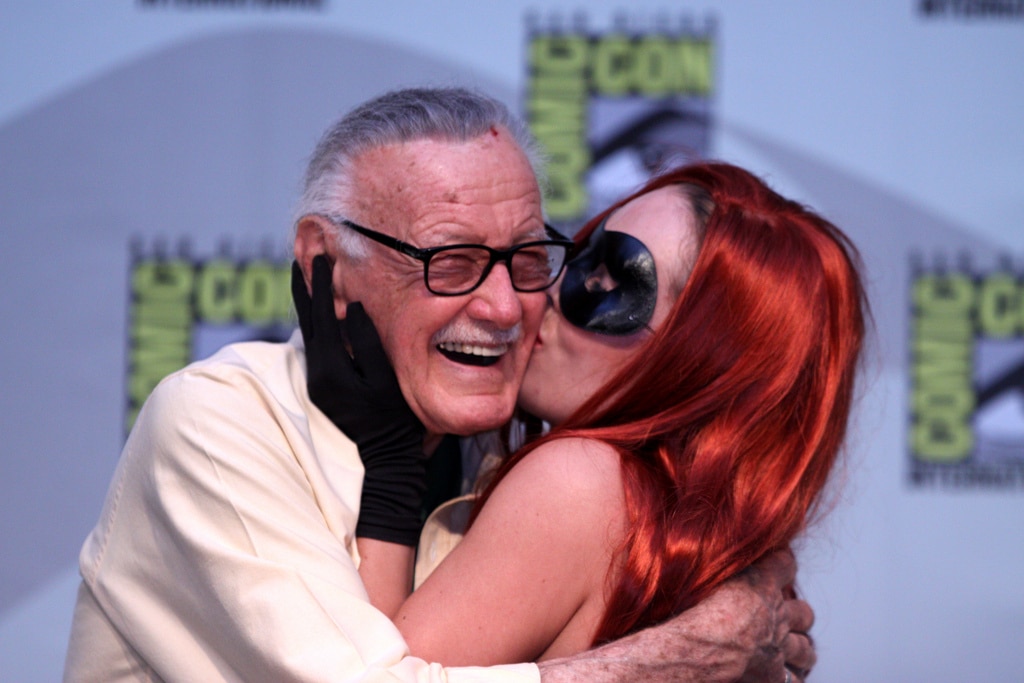
Credit: Gage Skidmore, Flickr
Fast-forward ten years, and the Marvel Cinematic Universe was the biggest and most successful movie franchise in history. Worldwide, the MCU films alone (not counting the pre-Tom Holland Spider-Man movies nor any of the other films produced by studios other than Marvel) is over $17.5 billion. These films are so popular, the most recent installment of the Avengers movies featured some 25 marquee characters. Not only did audiences know them and understand the story, they flocked to the theater over and over again to see the film. And in every single one of the 25-plus Marvel movies to date, Stan Lee made a cameo appearance.
Stan Lee loved being in the films. From his turn as mailmen (in the first Fantastic Four movie and the third Captain America film) to his casually cranky old civilian cameos (in most everything else), fans waited with bated breath for his appearance on-screen. They even have more to look forward to, despite his passing. He filmed cameos for the next Avengers film, the next Spider-Man film, and the upcoming Captain Marvel. His appearance in the animated hit Spider-Man: Into the Spider-Verse was especially poignant, worth the price of admission alone. Even if he never appears in another film (though rumors suggest he may have pre-filmed a bunch of generic cameos for future projects), Stan Lee is as immortal as a human can be.
Stan Lee amassed a more than $50 million fortune in his life, all from a job he used to be embarrassed he had.
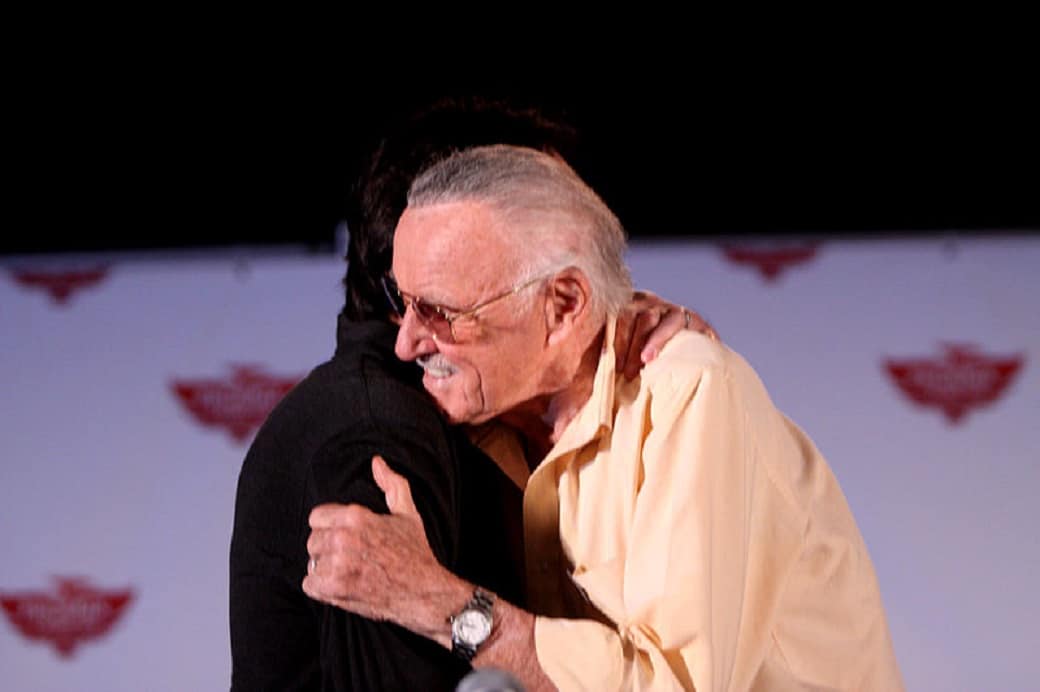
Credit: Gage Skidmore, Wikimedia Commons
As a younger man, Stan Lee was embarrassed to say he wrote comic books, because he thought people would think he wasn’t a serious writer. However, in putting his genius to work in crafting stories about these mythical figures, he became the most influential storyteller for three or four generations of people. His stories taught kids (and adults) what it meant to be a hero and that even the gods have to make rent or fight with their girlfriends. His line “with great power comes great responsibility” is perhaps the most perfect mantra for the world to follow. These funny books for kids about wackadoos in pajamas fighting bad guys with laser guns were actually rich, important morality plays. The values that Stan Lee and the other artists who worked with him injected into their stories taught people how to better human beings for the past 60-plus years.
In a way, for his outsized impact on culture, his $50 million fortune seems almost not enough compensation for his work.
The consummate pitchman, he sold generation after generation on the idea that these comics were a hell of a lot of a fun. What he didn’t mention, at least not overtly, is that they were also stories about how people without powers can step up and be superheroes in their own worlds. If you’ve enjoyed Marvel story, you too owe him a debt that can never be repaid. All we can do is honor his ideals and memory. Most important to Stan Lee was the eradication of bigotry and hatred. Unfortunately he didn’t see that happen in his lifetime, but the people who are going to eventually do it? They probably learned how from a Stan Lee character.
What do you think? What is your favorite Stan Lee memory? Tell us your thoughts, reactions, and experiences in the comments below. Don’t forget to share the article on social media if you enjoyed it, so your friends can get in on the conversation.
Related Article: The Impact of Star Wars: From Entertainment to a Part of Global Culture
